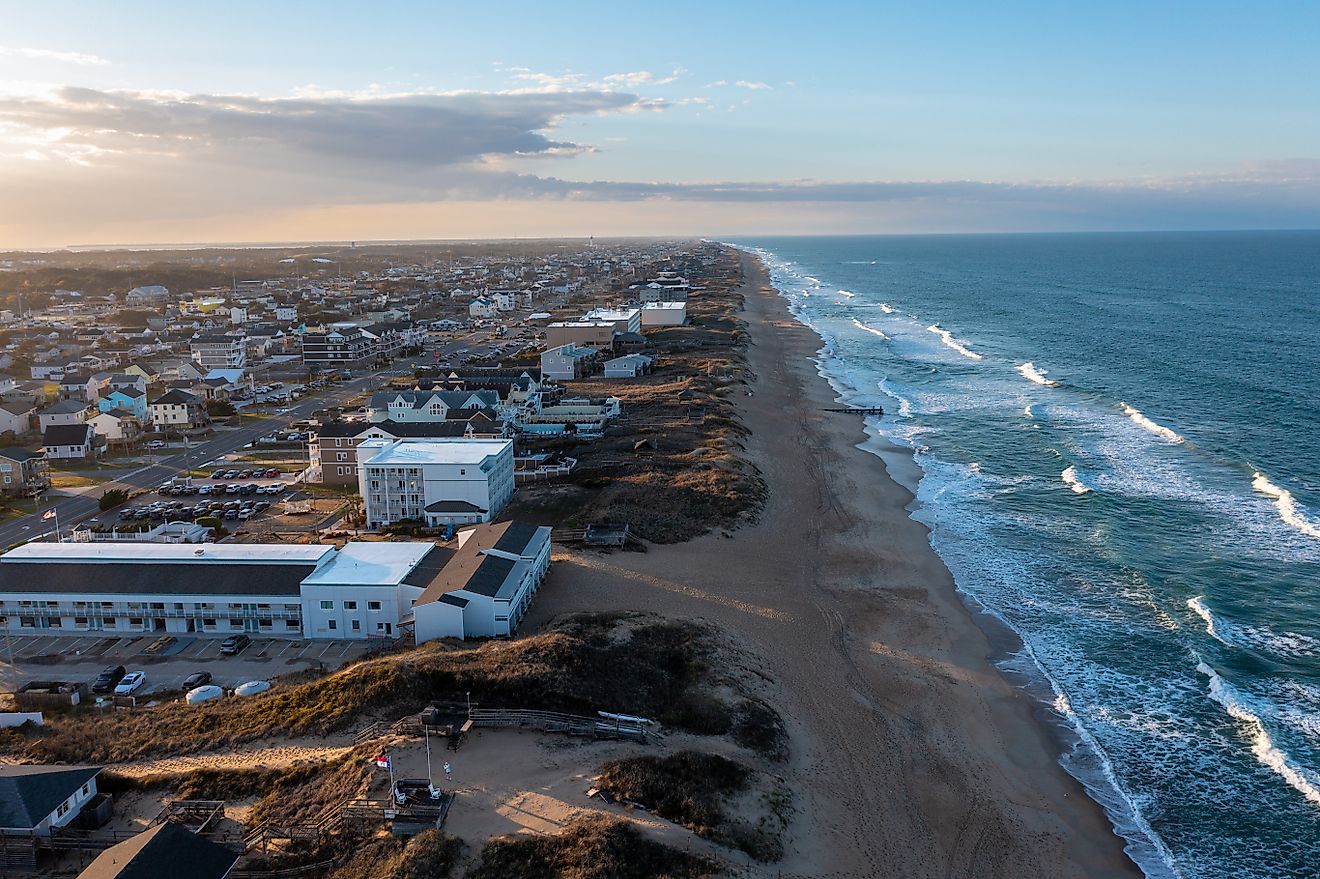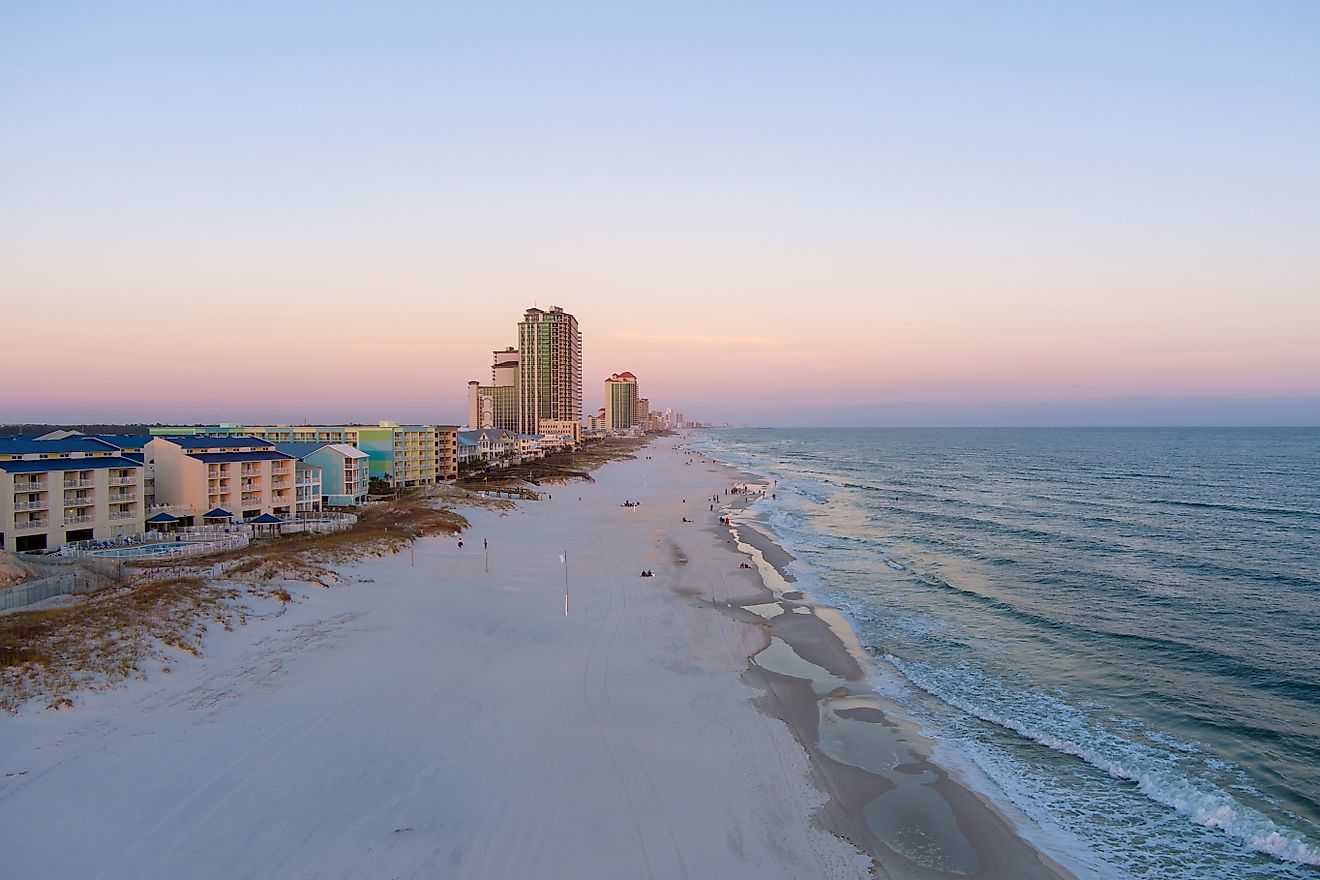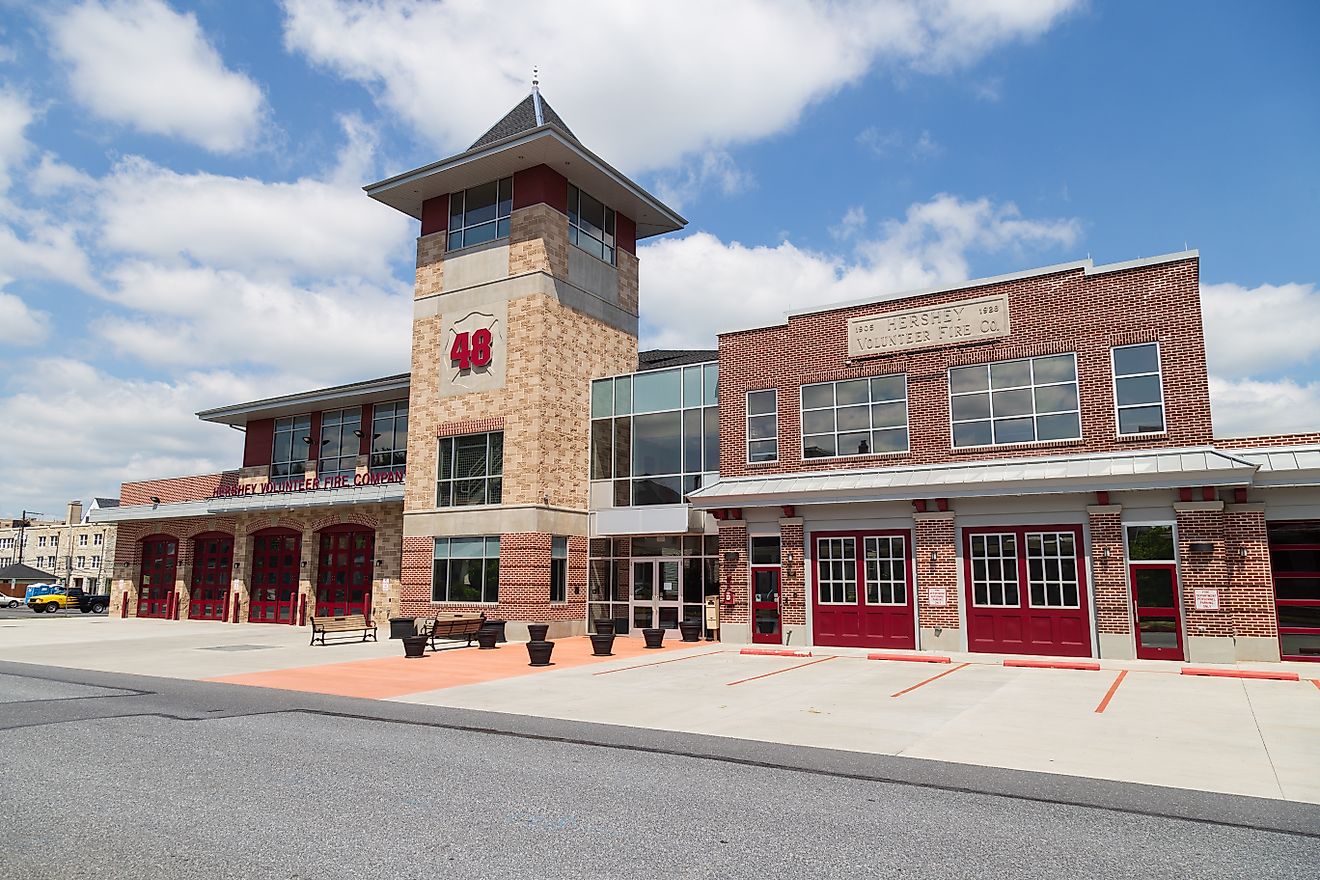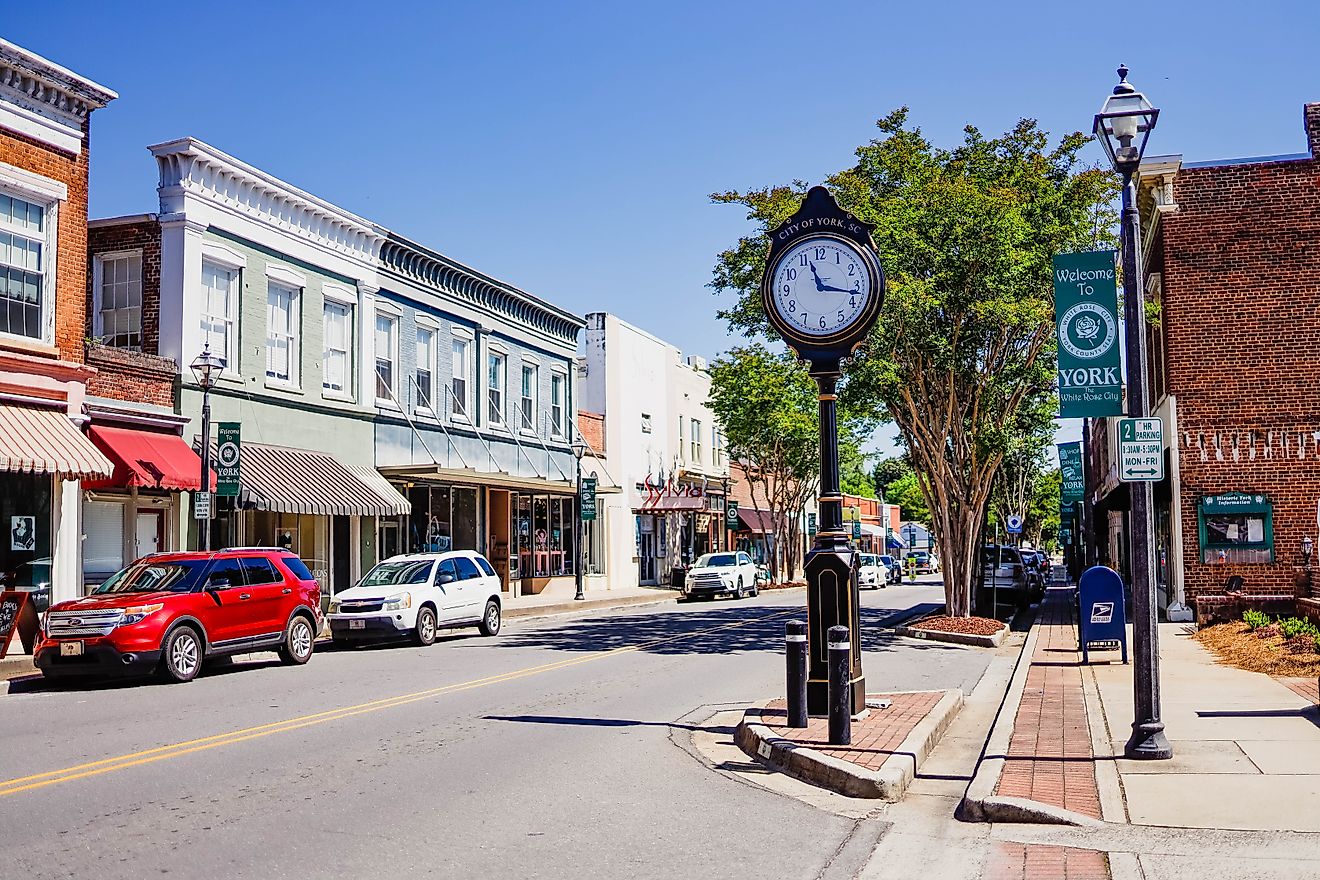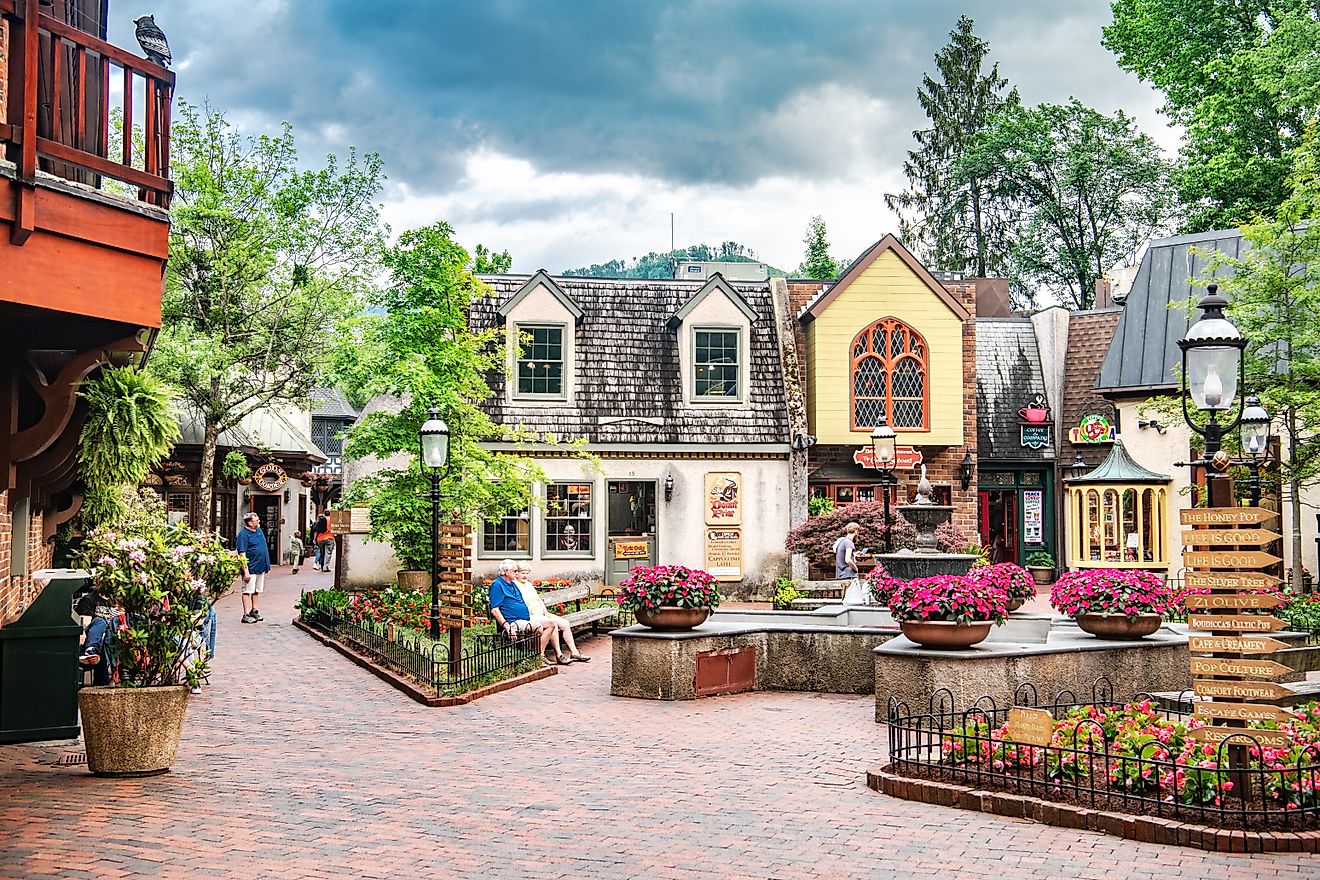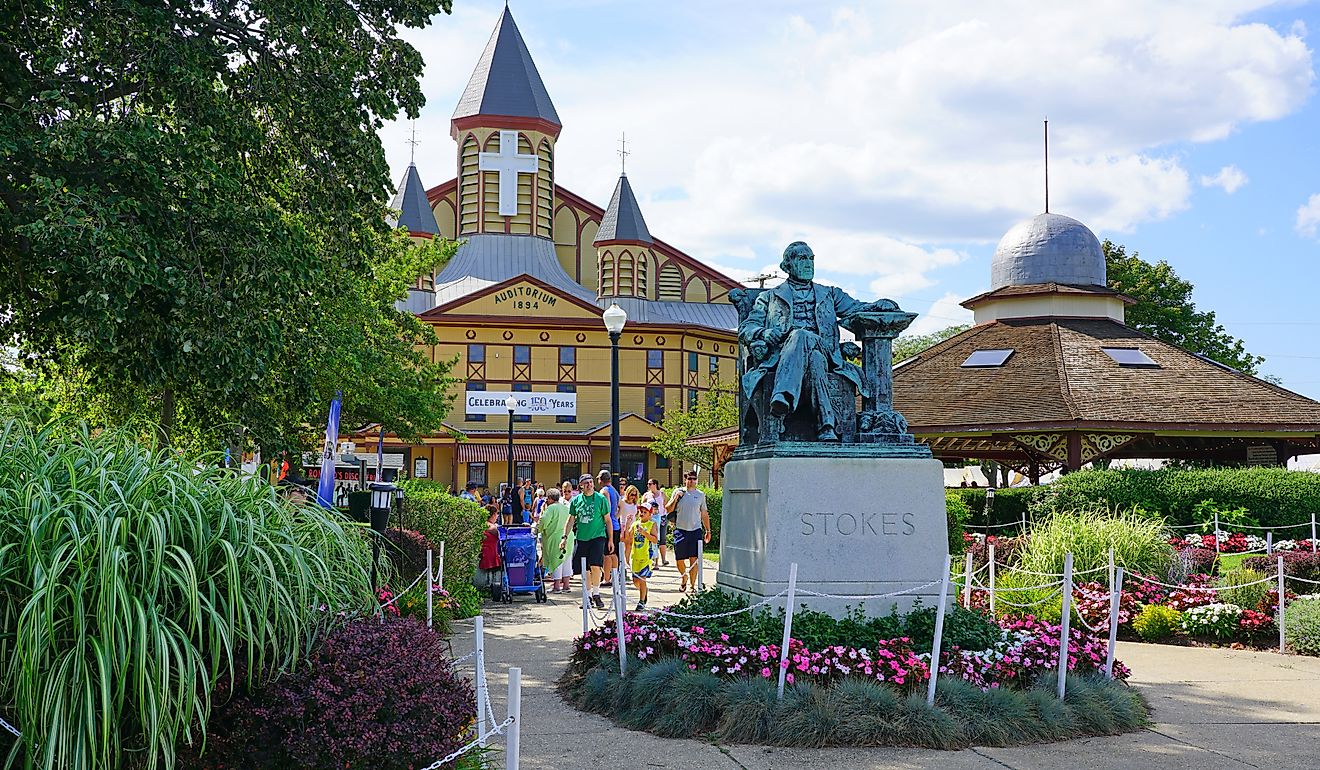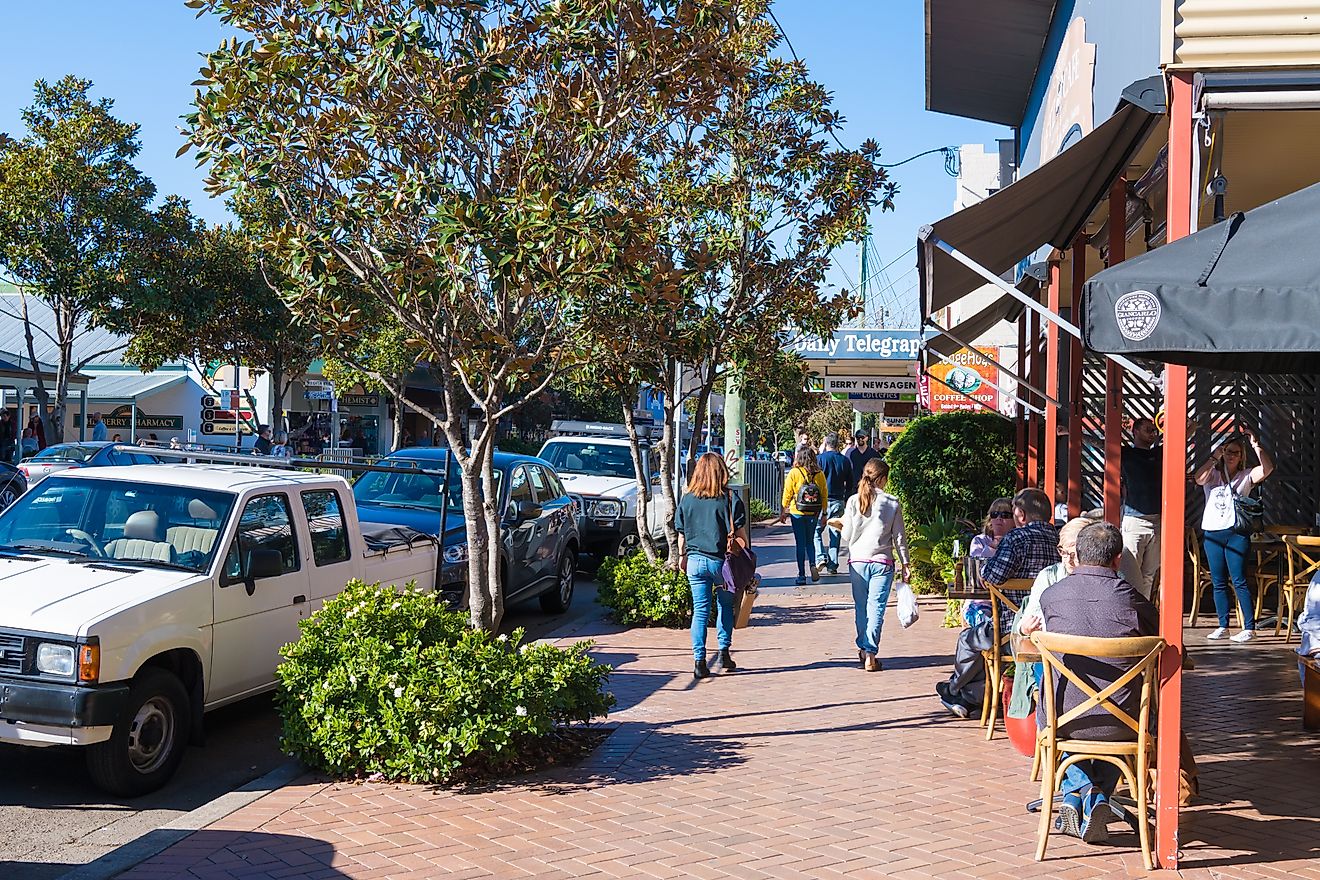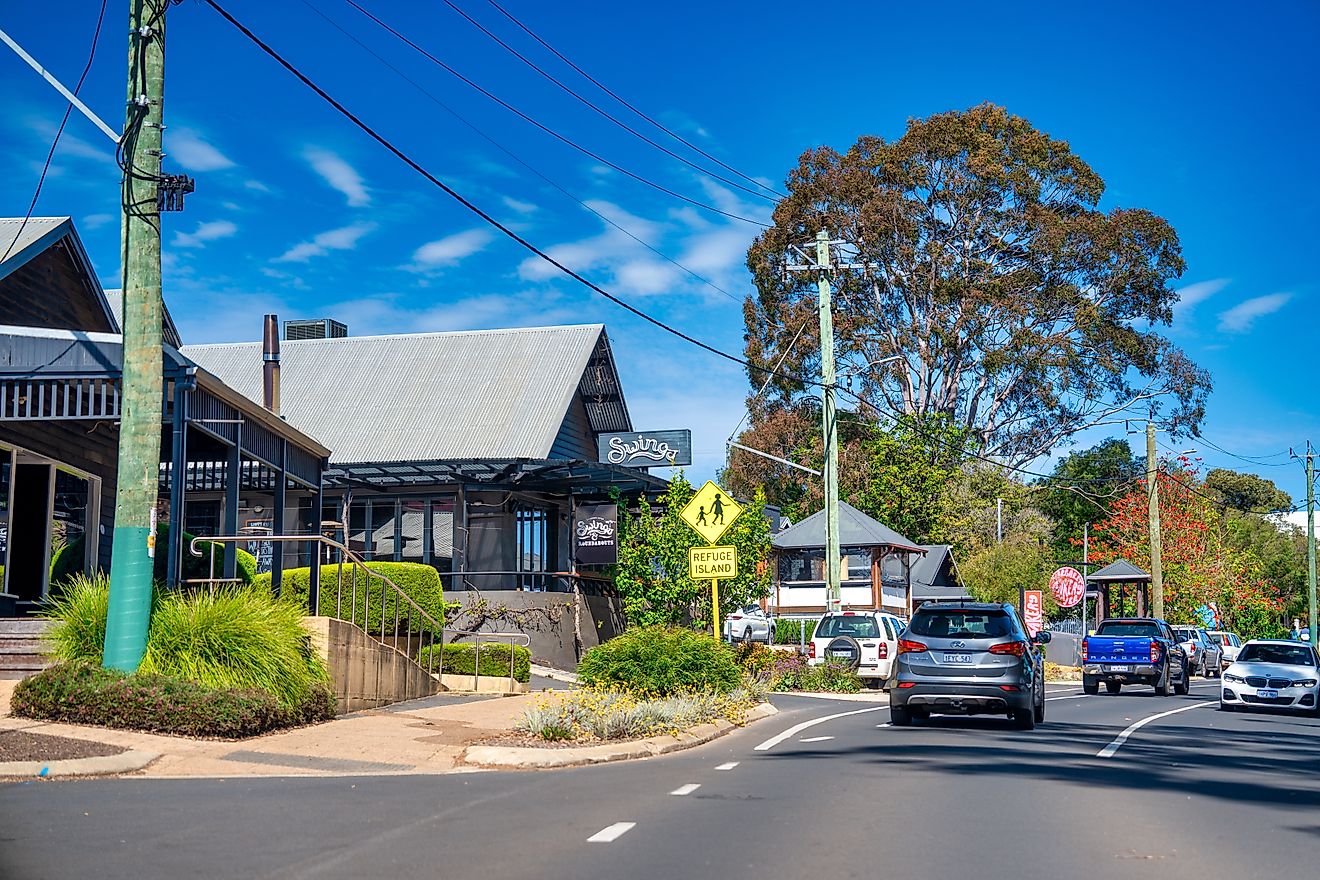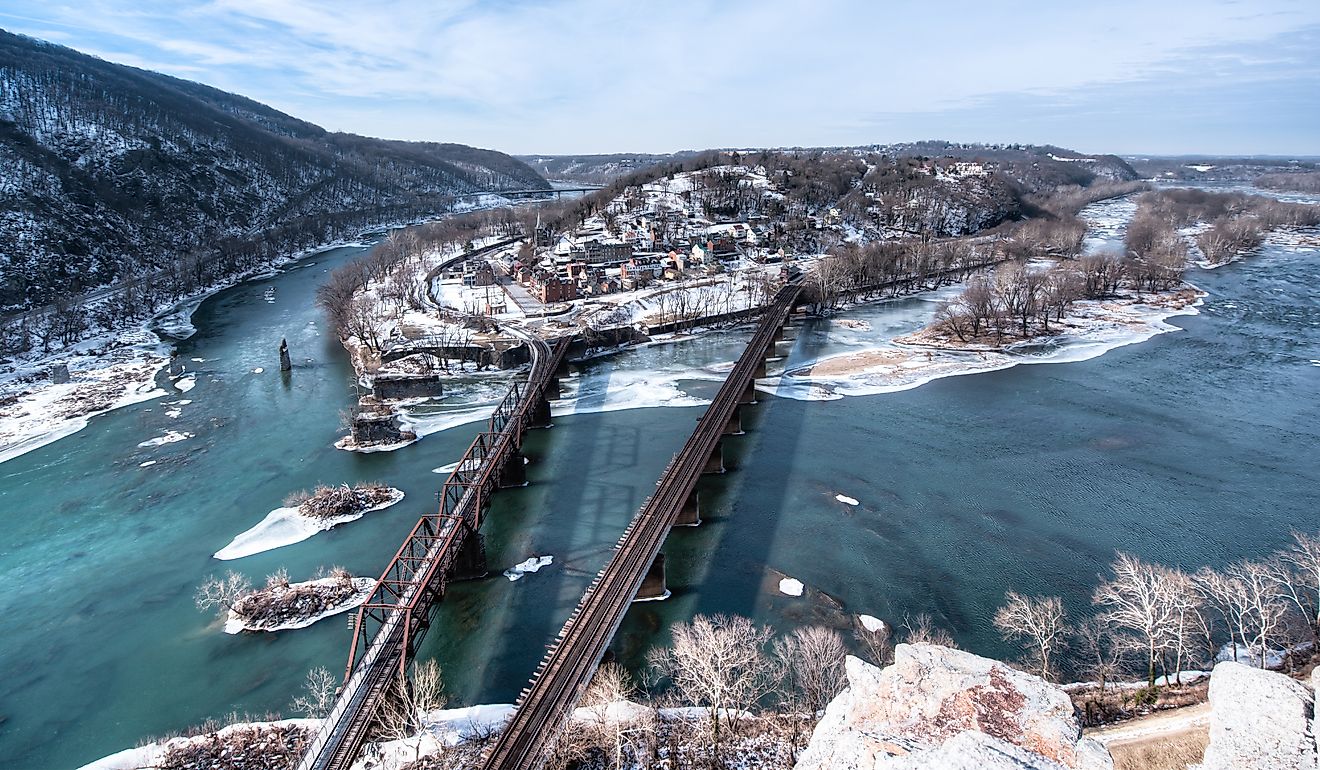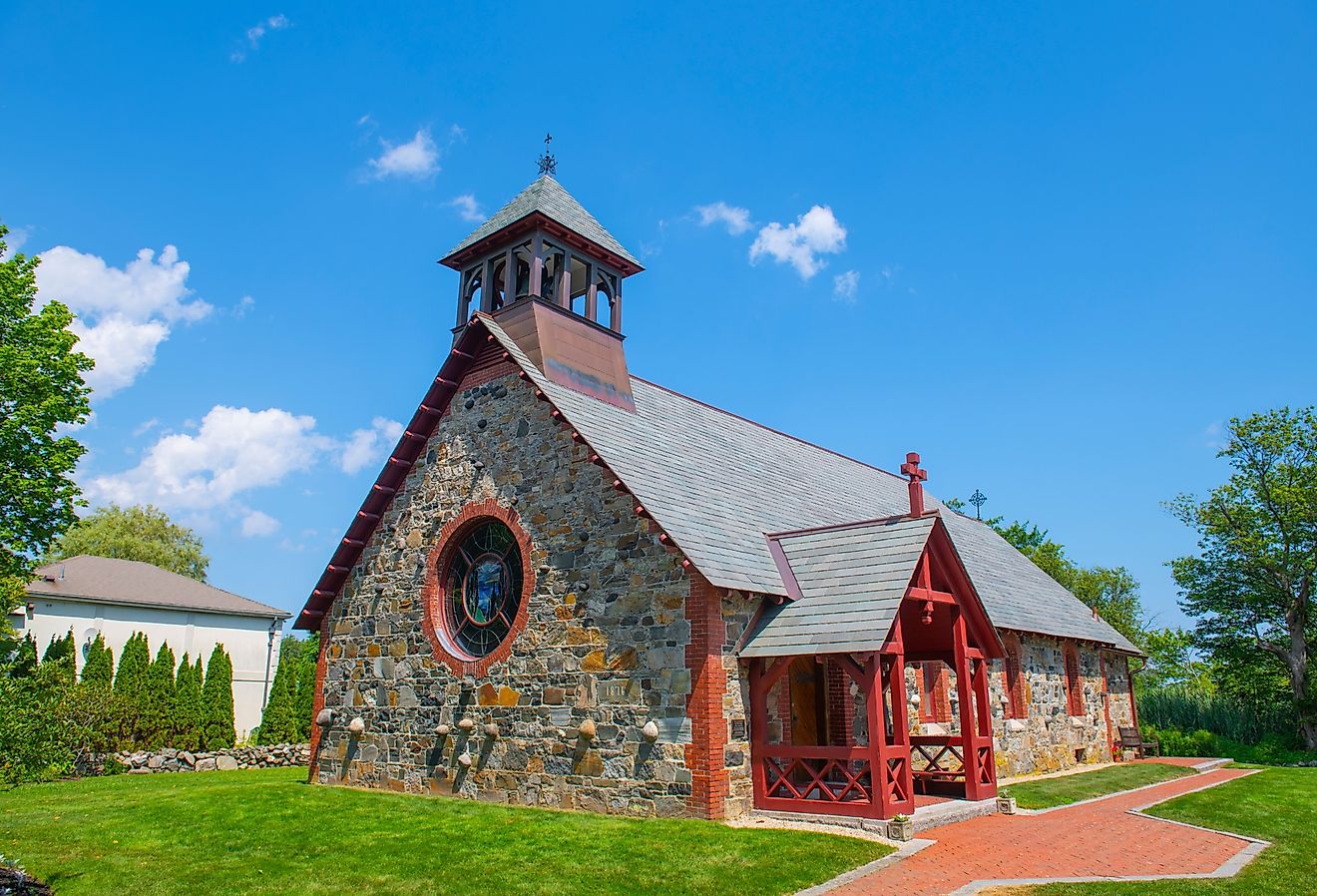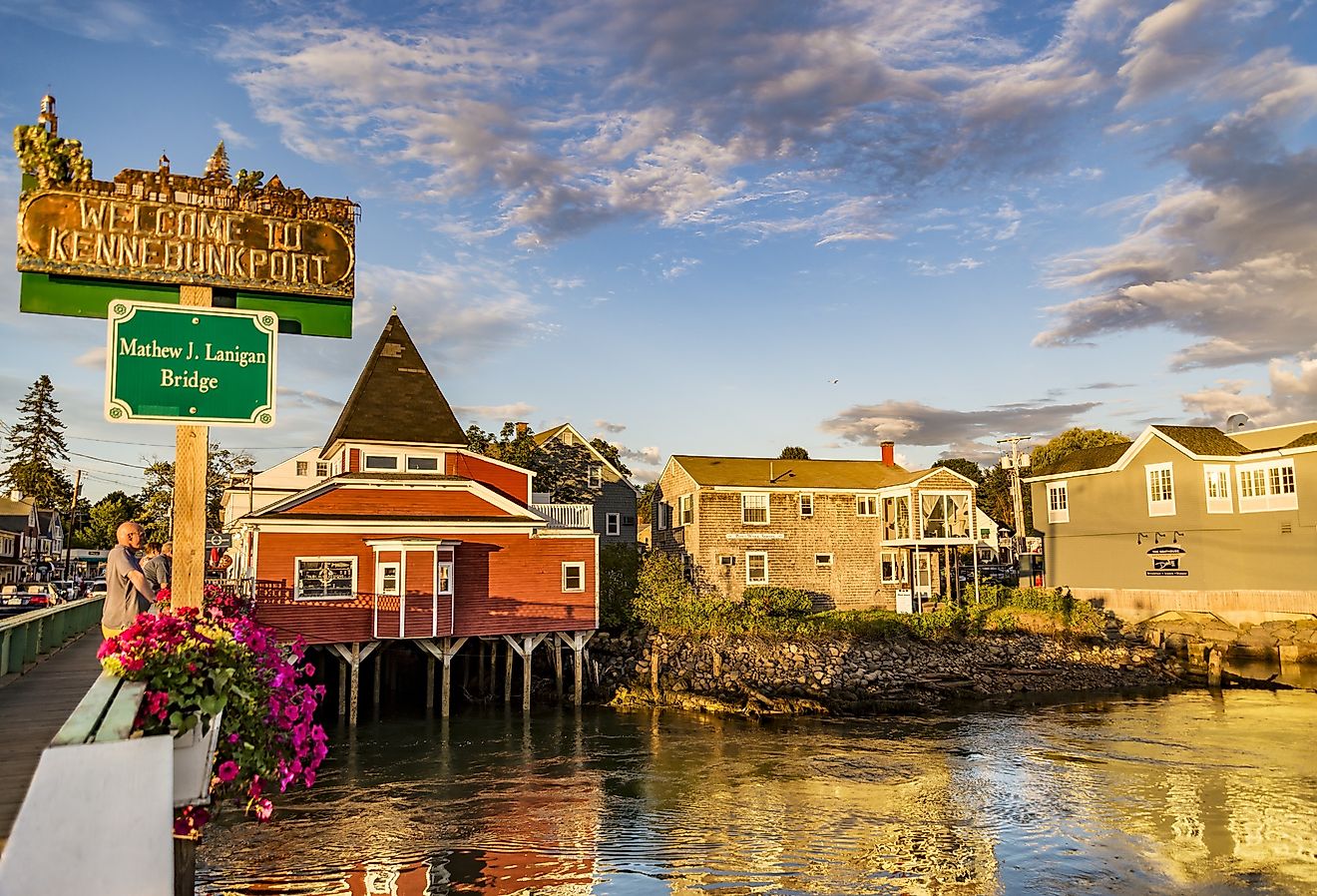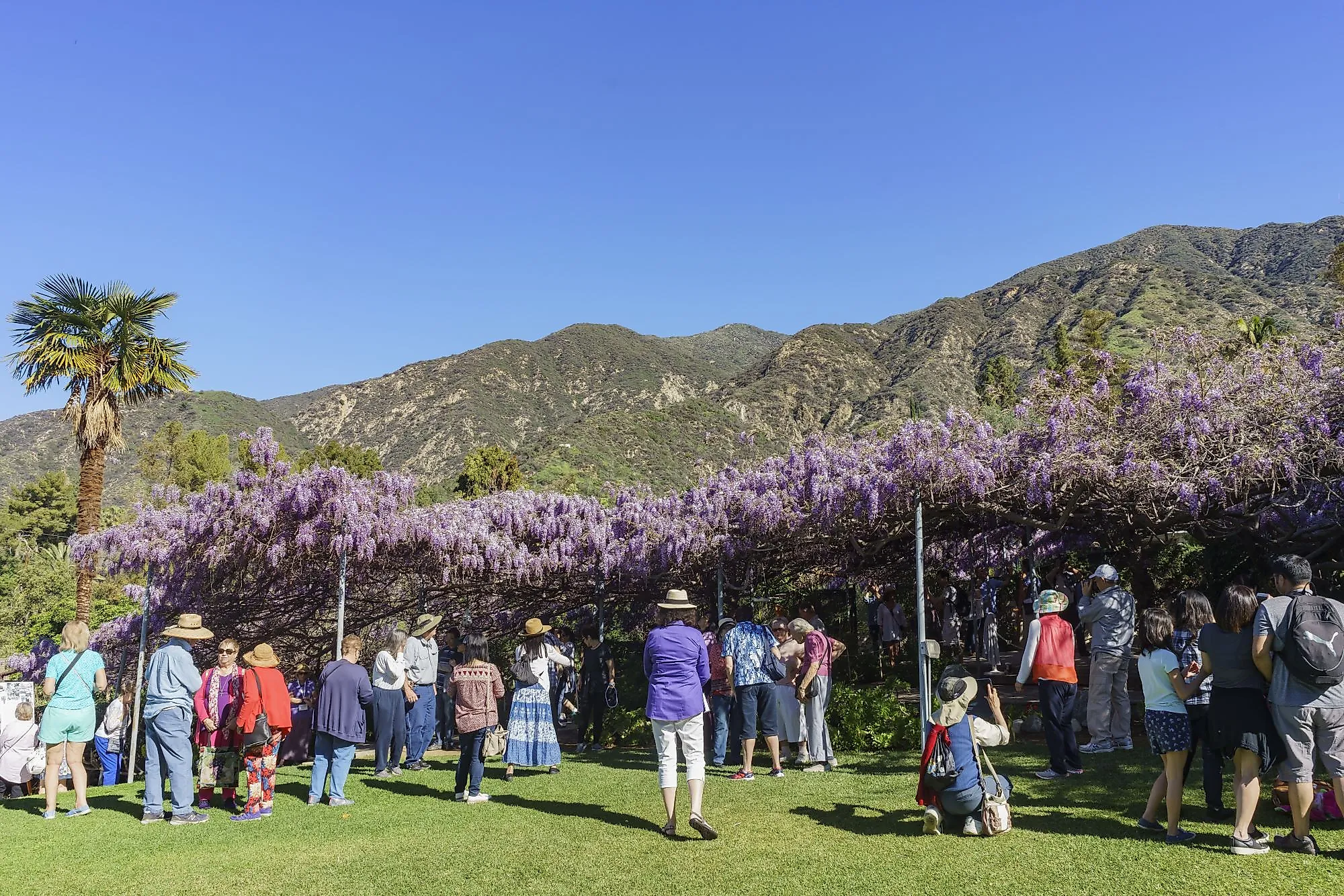
9 Most Hospitable Towns In Southern California
Movie studios sell the Southern California myth in Dolby Atmos: endless sunshine, palm-lined boulevards, perpetual motion. Yet drive thirty minutes off any freeway off-ramp and you’ll find a second, quieter script being lived out by orchard keepers, harbor captains, and mountain-trail volunteers who still greet strangers by name.
From a gold-rush village that operates on pie and civic pride to an island city reachable only by ferry, the lineup proves that Southern California’s real welcome mat is woven from apple boughs, sea kelp, and chaparral pine. Read on; your next handshake might come from a bookstore owner, a volunteer cider-press operator, or, in one mountain town, a golden-retriever "mayor" who never misses a ribbon-cutting!
Ojai
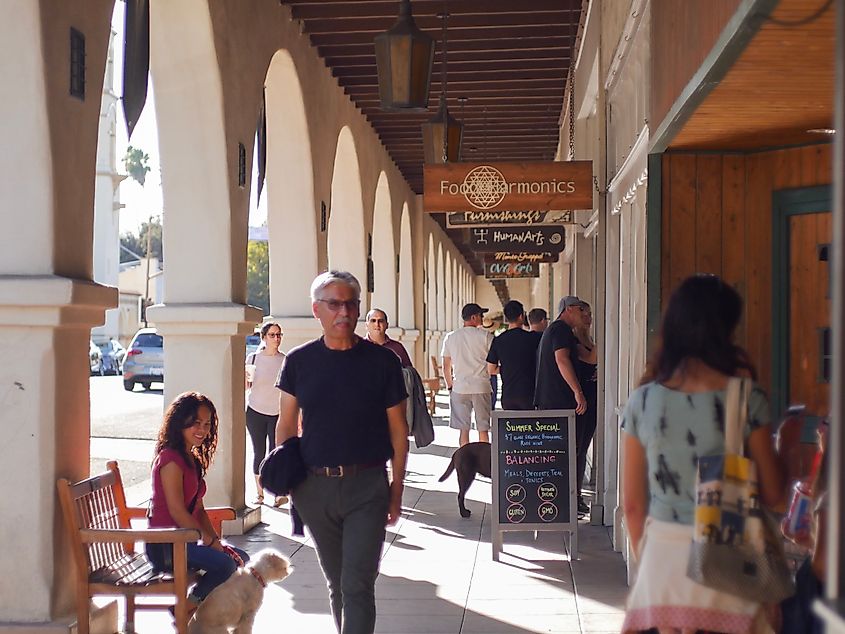
Ojai is one of the few towns in the U.S. that bans chain stores, a decision that has preserved its independently-run economy and deepened its sense of local identity. Nestled in a narrow east-west valley, rare for California, Ojai’s orientation creates the "Pink Moment," a brief, widely watched spectacle when the setting sun casts a rose glow on the Topatopa Mountains. This natural quirk draws artists, naturalists, and those seeking a slower, more self-contained life. The community’s reputation for hospitality is built not on tourist polish but on interdependence: local festivals are run by residents, local news is still printed, and the bookstore doubles as a gathering point.
Start a visit at Bart’s Books, an open-air bookstore operating on an honor system after hours. Walkable from there is the Ojai Valley Museum, housed in a former Catholic church with rotating exhibits on Chumash history and the town’s arts legacy. Libbey Park, shaded by sycamores, is home to the weekly Sunday farmers’ market and to Ojai Day each October, where booths are manned by local schools, artisans, and nonprofits. For a meal, grab a seat at Ojai Rotie, where locals line up early for wood-fired chicken and labneh-topped flatbreads eaten under citrus trees.
Carpinteria
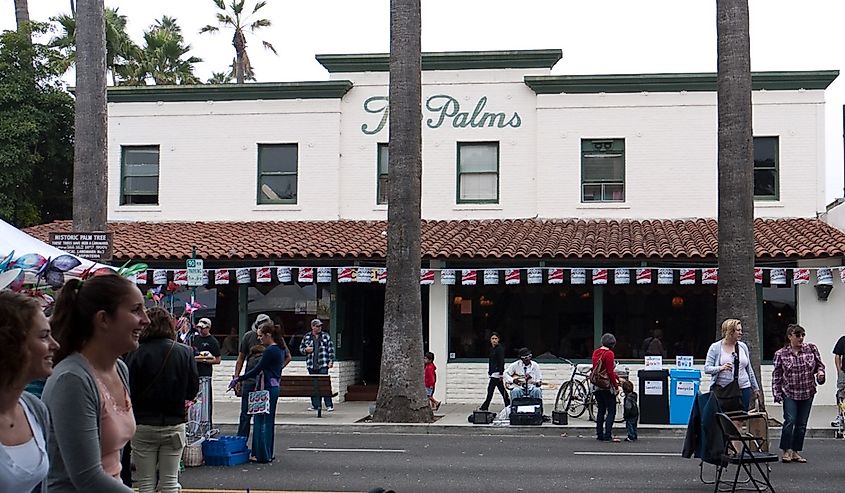
Carpinteria is home to the world’s largest known Torrey Pine tree, a species otherwise native only to a small section of San Diego County. Just off the 101, this coastal town operates at a scale that prioritizes local ownership and long-term residents. Its beach is known not for surfing, but for tide pools and harbor seal pupping grounds protected by volunteers. The main drag, Linden Avenue, remains free of national chains and is lined with businesses that open early, close late, and know their clientele by name. Annual events, like the California Avocado Festival, are organized by locals to fundraise for local schools and scout troops.
Begin at Island Brewing Company, which sources water directly from Carpinteria’s aquifer and brews just steps from the Amtrak platform. Carpinteria Bluffs Nature Preserve offers a view over the Pacific and access to the seal rookery overlook, staffed in birthing season by local docents. Lunch at The Spot, a walk-up burger stand operating since 1914, often involves chatting with neighbors while waiting for an order under the original painted sign.
Wrightwood
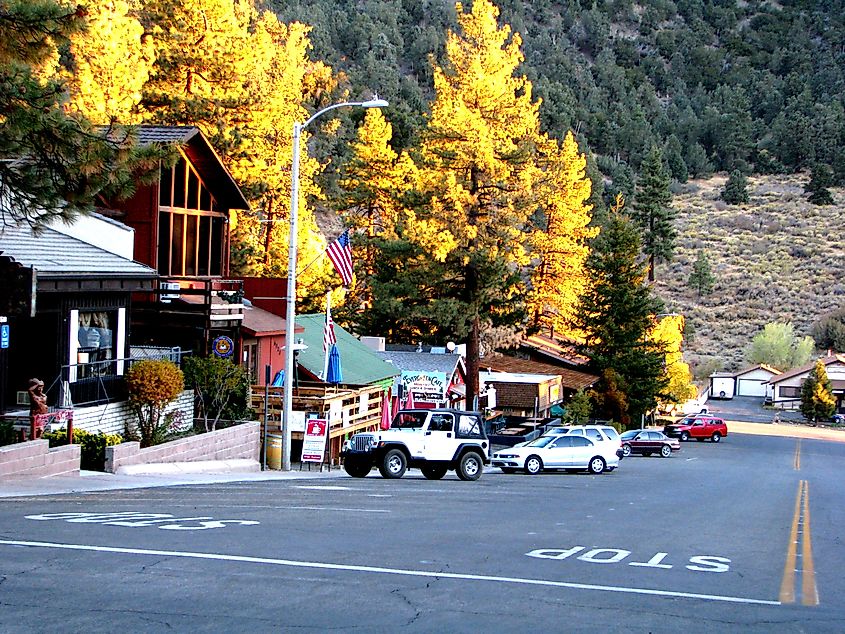
Wrightwood, located at 6,208 feet in the San Gabriel Mountains, is a town where the Pacific Crest Trail intersects with a community deeply rooted in volunteerism. Originally developed from cattle ranches in the early 20th century, it has evolved into a permanent settlement that prioritizes preservation over expansion. The town's limited access via Highway 2 and its position within the Angeles National Forest contribute to its secluded atmosphere, fostering a close-knit community.
Visitors can explore the Wrightwood Historical Society Museum, housed in the town's first fire station, which offers exhibits on local history and a mining display. For dining, the Grizzly Cafe on Highway 2 serves dishes like the Hot’n’Rowdy sandwich and homemade potato chips. The Village Grind provides a venue for coffee and live music, while the Evergreen Cafe & Racoon Saloon offers a menu that includes elk burgers and vegetarian options.
Wrightwood's hospitality is evident in events like the Mountaineer Days festival, featuring log-sawing contests and live music, and the Wrightwood Mountain Music Festival, which showcases various music genres.
Sierra Madre
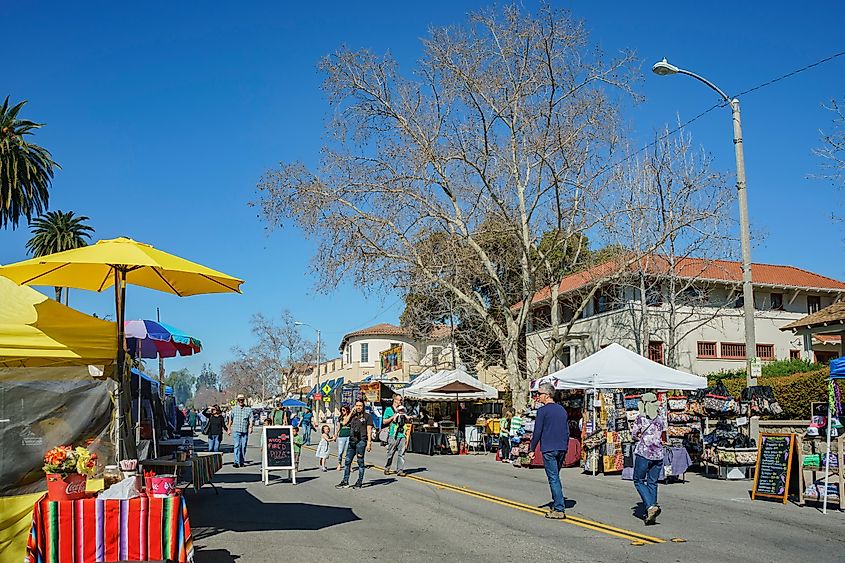
Sierra Madre is home to the Sierra Madre Wistaria Vine, recognized by the Guinness Book of World Records as the largest blossoming plant globally. Planted in 1894, this Chinese wisteria spans over an acre, producing more than 1.5 million blossoms and weighing approximately 250 tons. The vine resides on private property but is accessible to the public during the annual Wistaria Festival in March, which also features an arts and crafts fair and live music at Sierra Madre Memorial Park . The city's commitment to preserving its natural beauty is further exemplified by its distinction as the first city in Southern California to own a wilderness preserve, established in 1967.
Visitors can explore the Sierra Madre Playhouse, a historic theater offering a range of performances . For dining, The Only Place In Town provides a diverse menu in a casual setting. Mary's Market, established in 1922, offers breakfast and lunch options in a rustic environment . Outdoor enthusiasts can hike the Mount Wilson Trail, a historic path leading into the San Gabriel Mountains.
Coronado
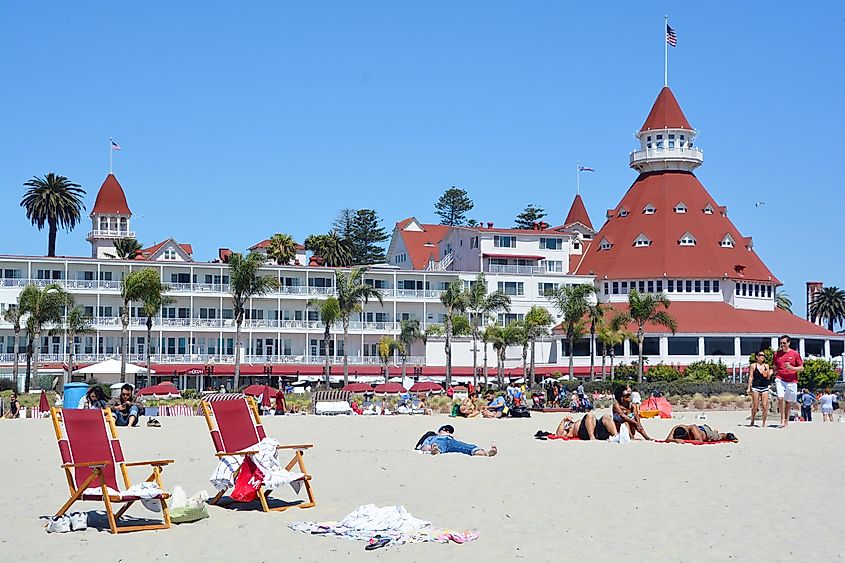
Coronado is a peninsula often mistaken for an island, linked to San Diego by a 2.1-mile stretch of bridge and known for housing both the historic Hotel del Coronado and Naval Base Coronado. The city operates under strict zoning that limits building height and chain presence, maintaining a walkable scale dominated by locally owned shops and civic spaces. Coronado’s hospitality is structured around long-term traditions like the Fourth of July parade, which includes over 100 entries from neighborhood groups, schools, and service organizations.
The Coronado Historical Association Museum on Orange Avenue offers rotating exhibits focused on naval history, local architecture, and the town’s role in film and aviation. Clayton’s Coffee Shop, in continuous operation since 1941, serves breakfast with a community board updated by residents. The Coronado Ferry Landing holds free concerts and artisan markets and operates as a transit hub between the city and downtown San Diego. Spreckels Park, in the city’s center, hosts the summer concert series, where families bring chairs early and city staff hand out programs and ice water.
Julian
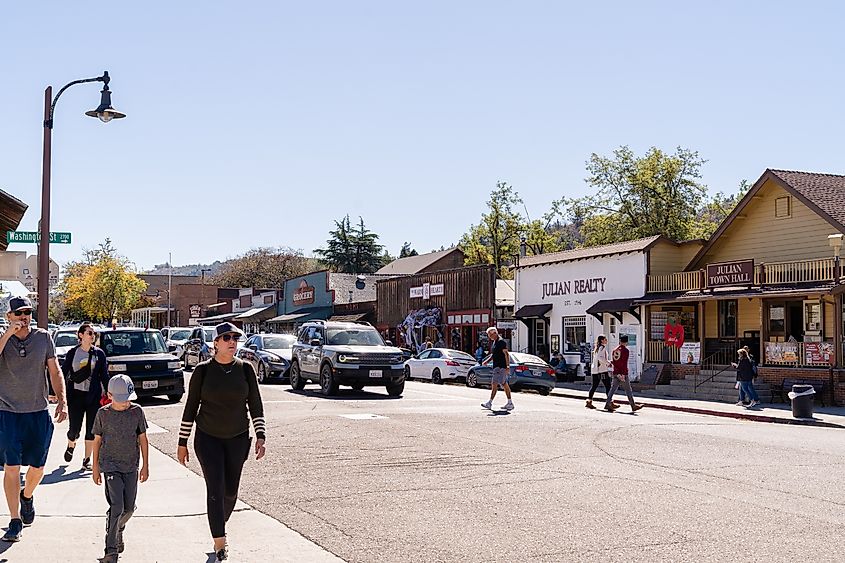
Julian is the only gold rush town in San Diego County that still exists as a functioning community, founded in 1870 after the discovery of gold in Coleman Creek. The town is one of the few places in Southern California with a true four-season climate, allowing for apple orchards to thrive. Julian’s identity is closely tied to apple cultivation, with small-scale growers producing cider and pies that define the town’s economy and calendar. The annual Apple Days Festival, started in 1909, is run by local volunteers and includes cider pressing, pie-eating contests, and historical reenactments.
Visit the Julian Pioneer Museum to see artifacts from the town’s gold mining and settler past, including early farm tools and Victorian clothing. Stop at Mom’s Pie House for a slice of apple crumb, made from fruit grown in nearby orchards. The Julian Cider Mill, a family-run operation since 1975, sells unfiltered cider and local preserves. For a quieter experience, hike through the Volcan Mountain Wilderness Preserve, trail access begins on Farmer Road, and reach a summit once considered for the Palomar Observatory.
Idyllwild
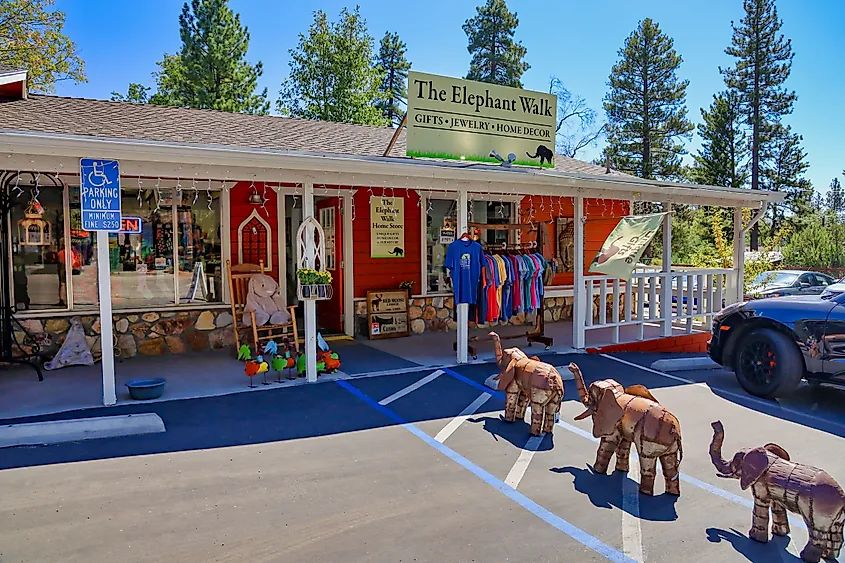
Idyllwild is one of the only towns in the United States to have elected a dog as mayor. Mayor Max II, a golden retriever, served as an official town ambassador until his death in 2022, attending civic events and visiting businesses daily. This practice, managed by local nonprofit Idyllwild Animal Rescue Friends, reflects the town’s informal governance and community-driven decision-making. Located in the San Jacinto Mountains at 5,400 feet, Idyllwild has no stoplights and no chain stores, relying on resident-owned businesses and volunteer-led events to sustain its economy and identity.
The Idyllwild Nature Center, operated by Riverside County, offers trails and educational exhibits on Cahuilla culture and local ecology. Café Aroma, located on North Circle Drive, hosts poetry nights and serves dishes like wild mushroom linguine, drawing a mix of locals and hikers. The Idyllwild Arts Academy, a private boarding school, opens its summer program concerts and gallery shows to the public. For a less structured experience, walk the Ernie Maxwell Scenic Trail, a 2.6-mile path accessible from Humber Park that overlooks Strawberry Valley.
Solvang
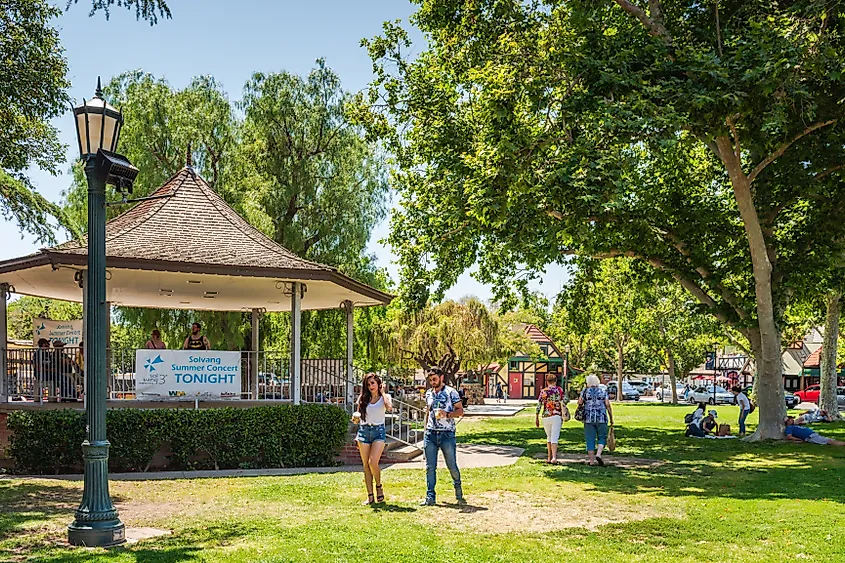
Solvang was founded in 1911 by Danish immigrants who intended to build a colony free of harsh Midwestern winters and dedicated to preserving Danish culture. The town still prints a Danish-language newspaper and celebrates Danish Constitution Day. Its architecture adheres to half-timbered styles, and windmills, four of them, are placed by design, not nostalgia. Local businesses maintain Danish ownership or heritage ties, and civic groups run annual festivals with volunteer staffing from long-time residents.
The Elverhøj Museum of History & Art, once a private home, focuses on Solvang’s founding families and features rotating exhibits from local artists. Olsen’s Danish Village Bakery offers kringle, marzipan logs, and butter cookies made on-site using family recipes from Denmark. Hans Christian Andersen Park, entered through a castle archway, includes an amphitheater and public skate park and hosts community events. Solvang Restaurant serves æbleskiver, spherical pancakes traditionally eaten with raspberry jam and powdered sugar, and is the only spot in town to offer them year-round.
Avalon
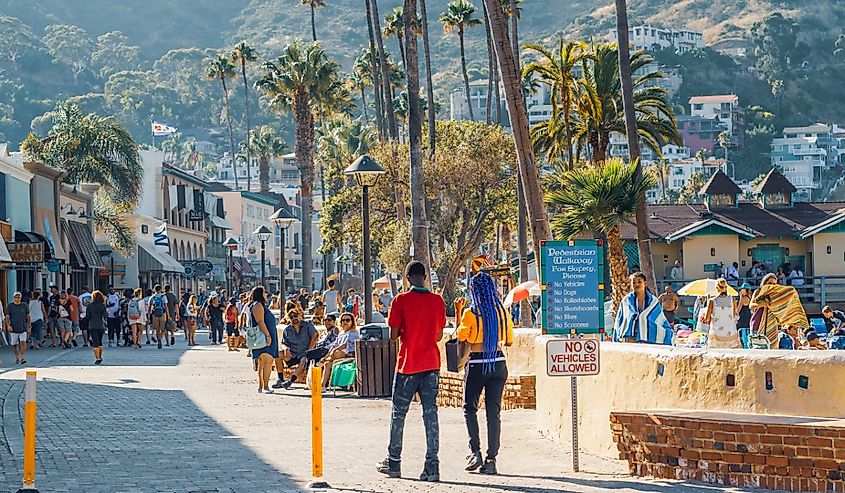
Avalon is the only incorporated city on Catalina Island and is accessible only by boat, seaplane, or helicopter. Its geographic isolation has made self-reliance and community organization essential. Avalon’s population swells with seasonal workers, but core events like the Catalina Island JazzTrax Festival and the Flying Fish Festival are staffed and sustained by long-term residents. The town has its own hospital, high school, and newspaper, and hosts civic parades where business owners often double as float drivers.
Begin at the Catalina Island Museum for Art & History, which includes a permanent exhibit on William Wrigley Jr.’s 1920s investment in the island and rotating shows on Catalina pottery and indigenous Tongva artifacts. Antonio’s Pizzeria and Cabaret on Crescent Avenue has been family-run since 1989 and offers harbor views with a local-heavy crowd after dinner hours. Descanso Beach Club, though privately owned, allows public access and holds movie nights and live music events supported by Avalon's residents. For a self-guided walk, take the Garden to Sky Trail starting at the Wrigley Memorial & Botanic Garden; entry fees support the island’s native plant restoration efforts.
Southern California’s hospitality lives in these nine towns where residents still pour coffee, press cider, or guide hikers for the simple satisfaction of welcoming a guest. Choose any stop on this circuit and you’ll trade anonymity for name recognition and leave with maps sketched on napkins instead of glossy brochures.
